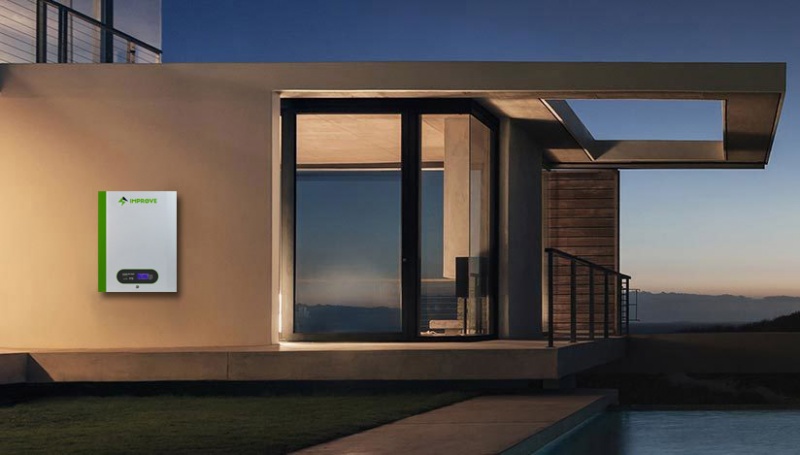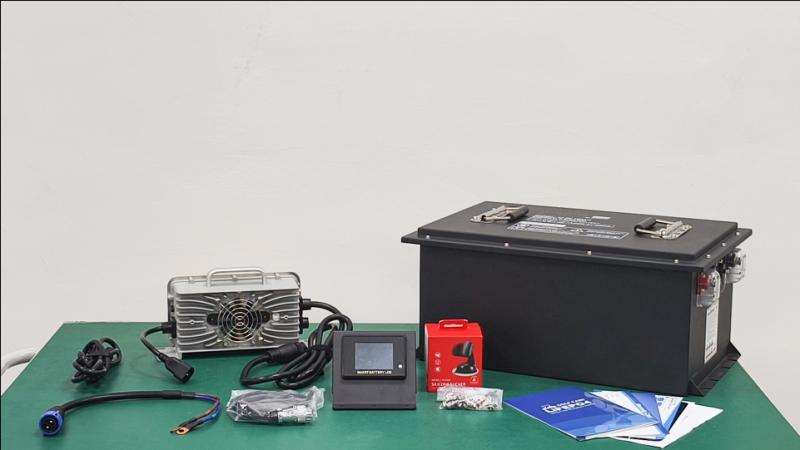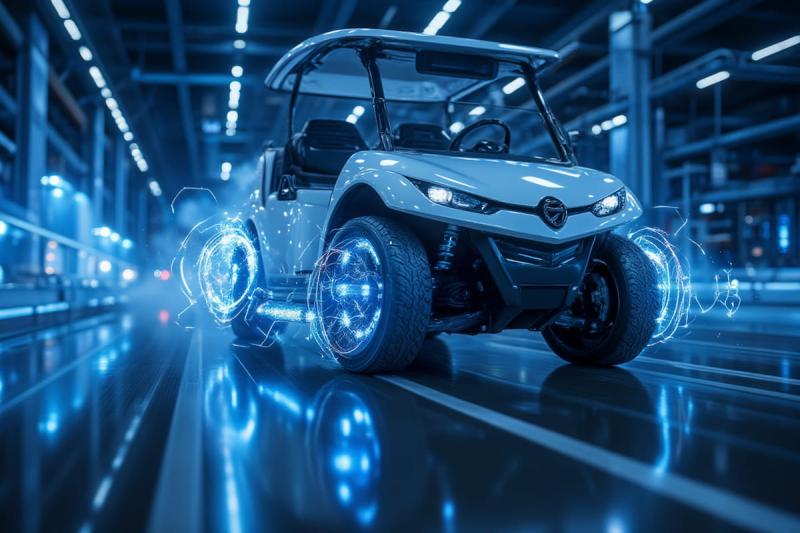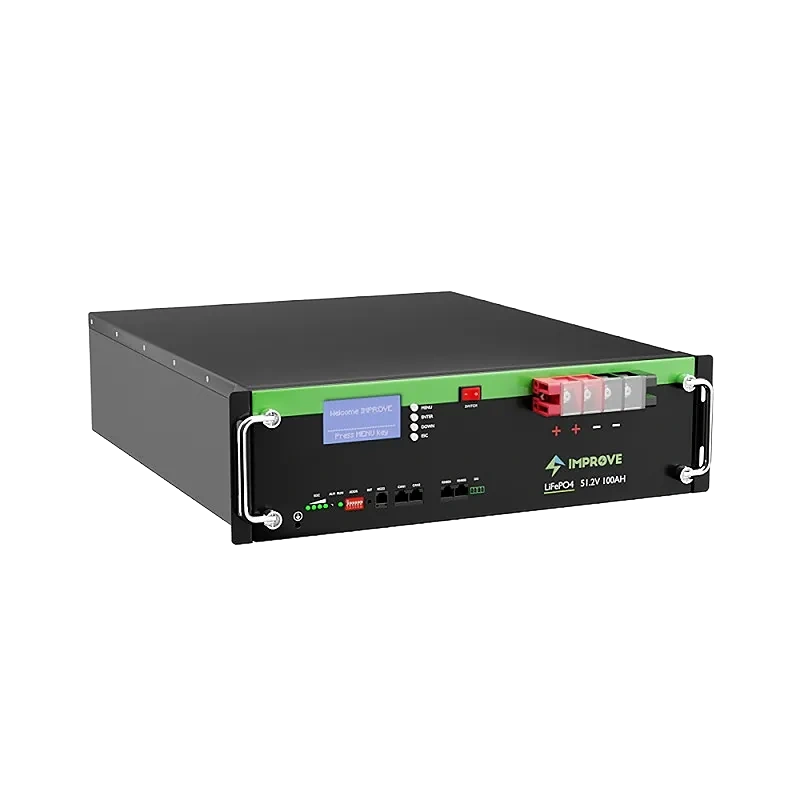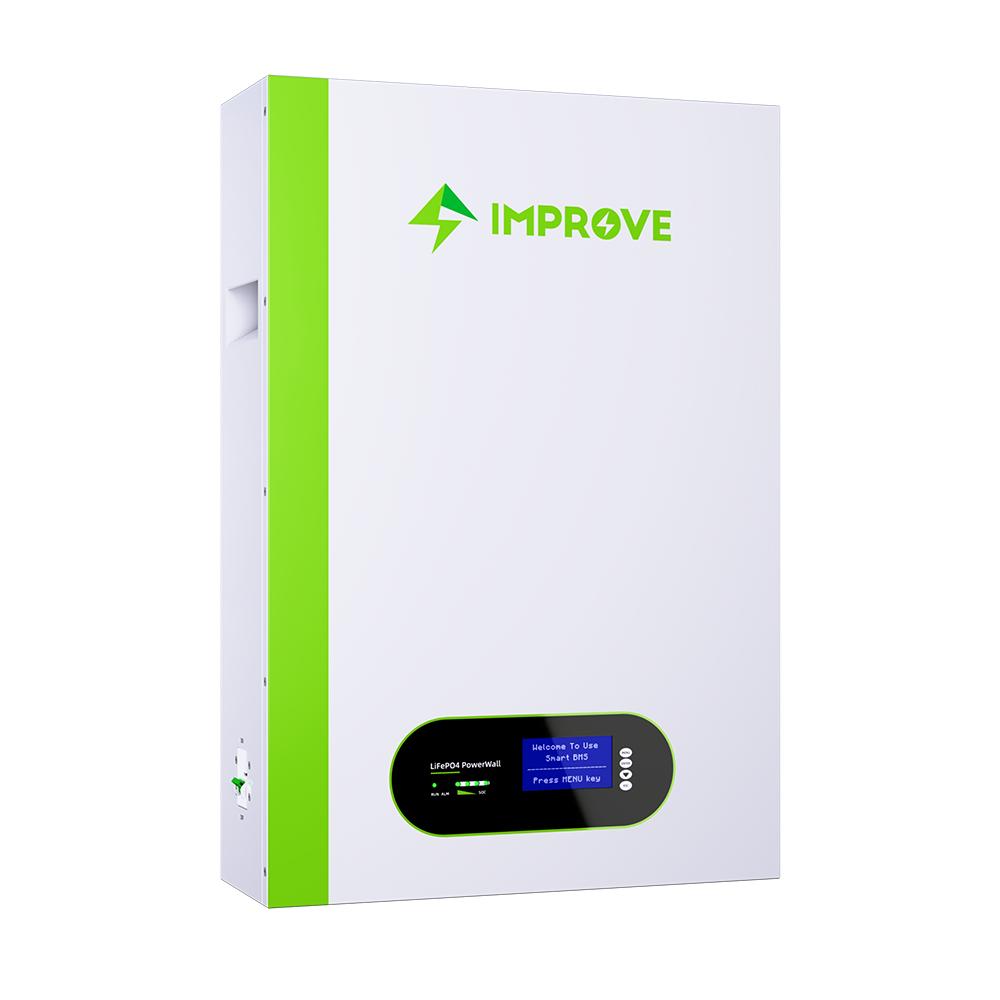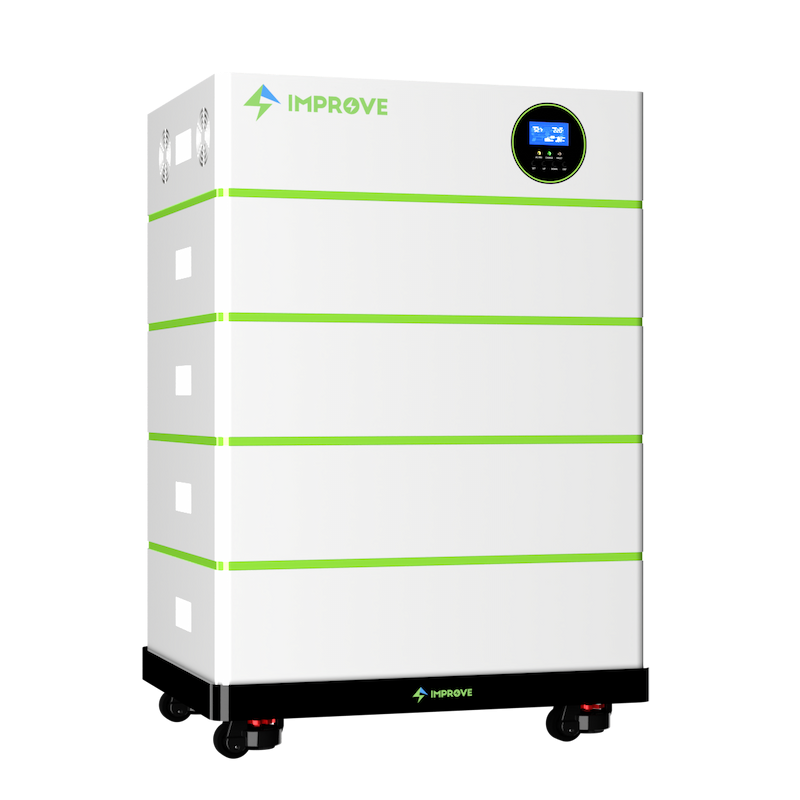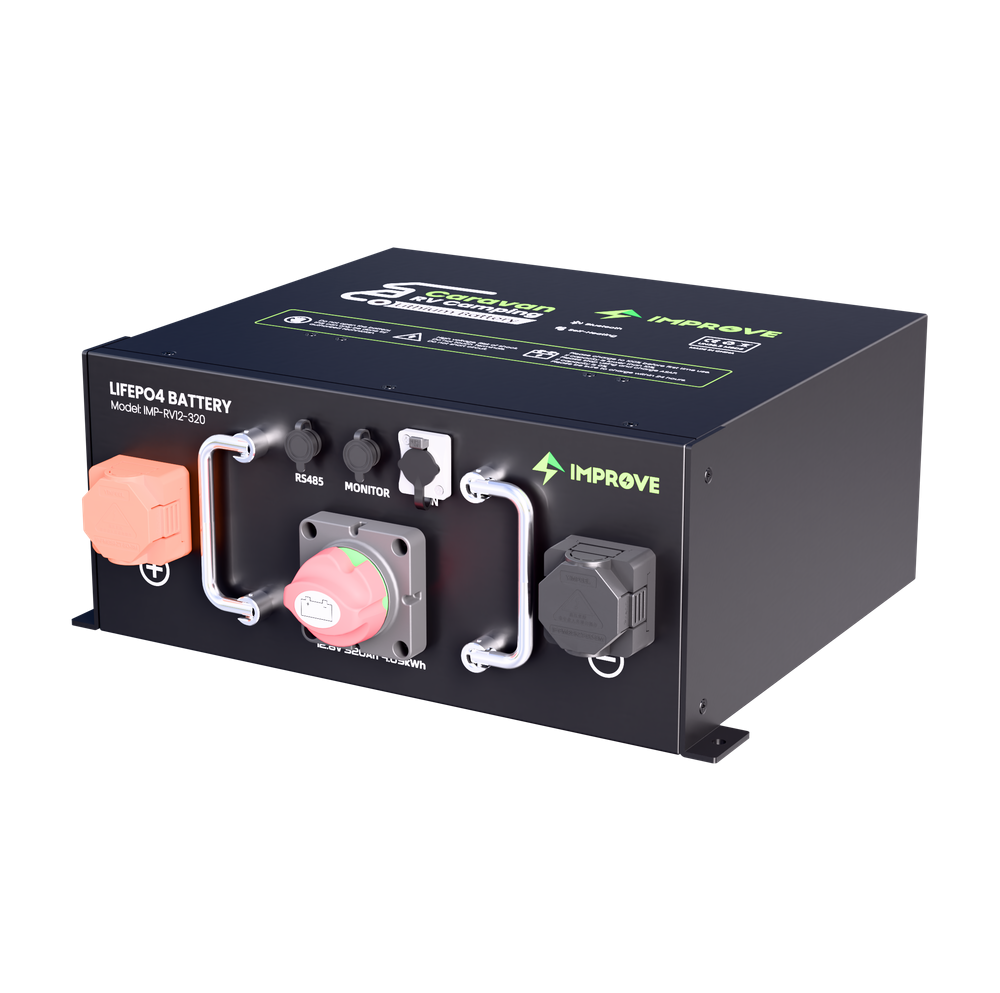The home energy storage market was first born in Germany. In 1997, the German government implemented the Million Roofs program, which gave high subsidies to the private use of photovoltaic power. As a result, most German people became self-sufficient in household electricity. Faced with excess power, Germans have chosen to store it, leading to the rise of the home energy storage market in Germany and Europe. Due to its early implementation and wide implementation area, Europe is also regarded as a market that can never be ignored by home energy storage system manufacturers.
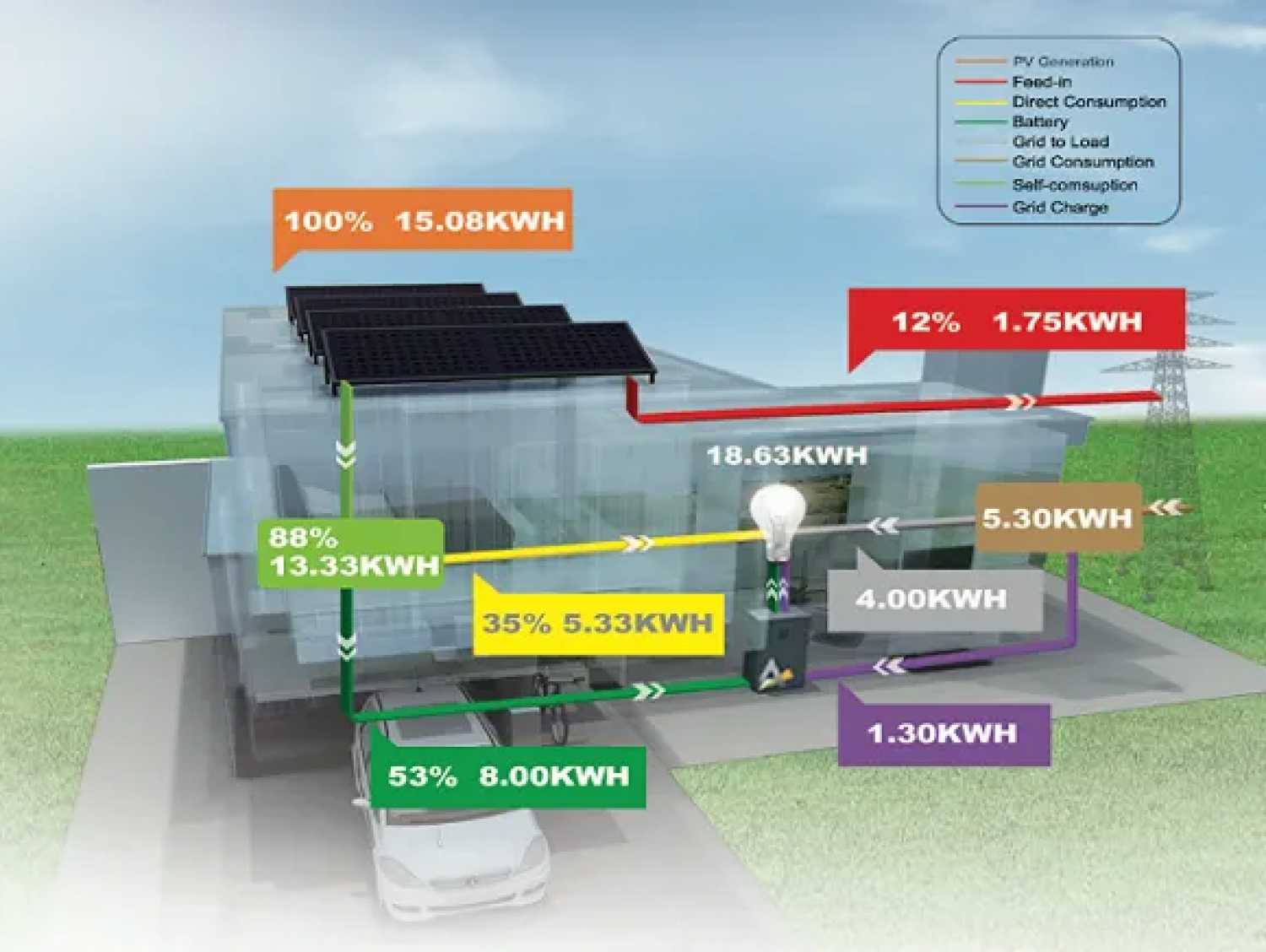
The home energy storage system is similar to a micro energy storage station, and its operation is not affected by the city power supply pressure. During off-peak hours, the batteries in the home energy storage system can be self-charged for use during peak or power outages. In addition to being used as an emergency power source, home energy storage systems can also save money on household electricity bills by balancing the power load.
Although the current market demand for home energy storage system is mainly due to the public’s need for emergency backup power supply, insiders in the industry believe that the use of home energy storage system can combine solar energy and other new energy generation systems, promote the promotion of new energy and build smart grid, and has broad prospects in the future.
For lithium manufacturers, the home energy storage market also contains huge business opportunities. Data show that by 2020, the scale of the home energy storage market will reach 300MW, according to the installation cost of $345 /KW lithium ion battery, the market value of lithium ion battery home energy storage system is about $100 million. What’s more, lithium-ion batteries are expected to dominate the home energy storage market.
As for the specific business model, many research institutions are trying to build cheaper home energy storage systems by recycling electric car power batteries.
At present, the largest market of lithium ion batteries is concentrated in the power lithium battery of electric vehicles. After thousands of deep cycles of charge and discharge, the power lithium battery will show about 20%-30% power attenuation. Decaying batteries can be a serious safety hazard for electric cars, but throwing them away can also be wasteful. If the power lithium battery of electric car can be used in the home energy storage system, prolong the battery life and save a large amount of energy storage device investment cost, it can be said that two birds with one stone move.


